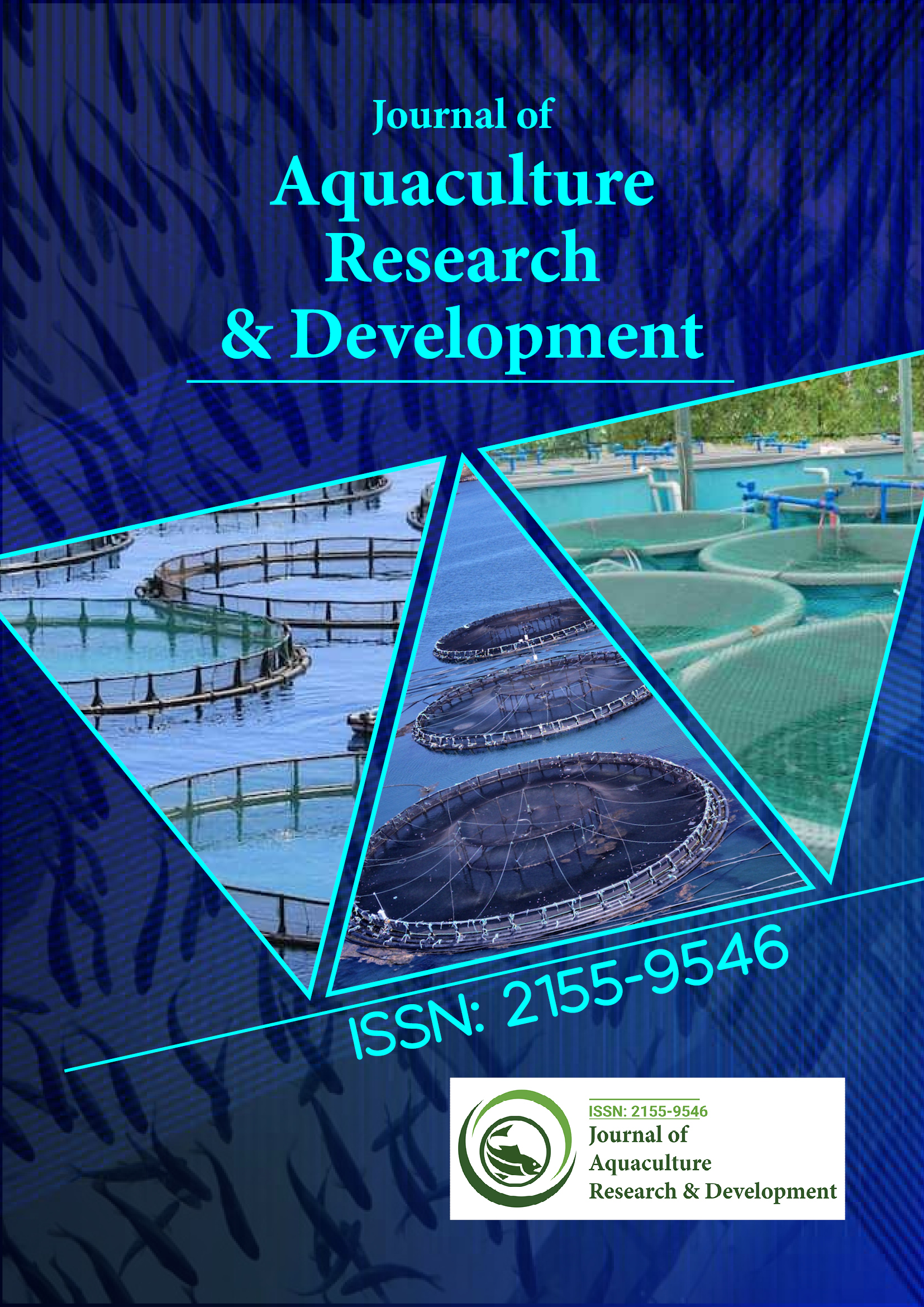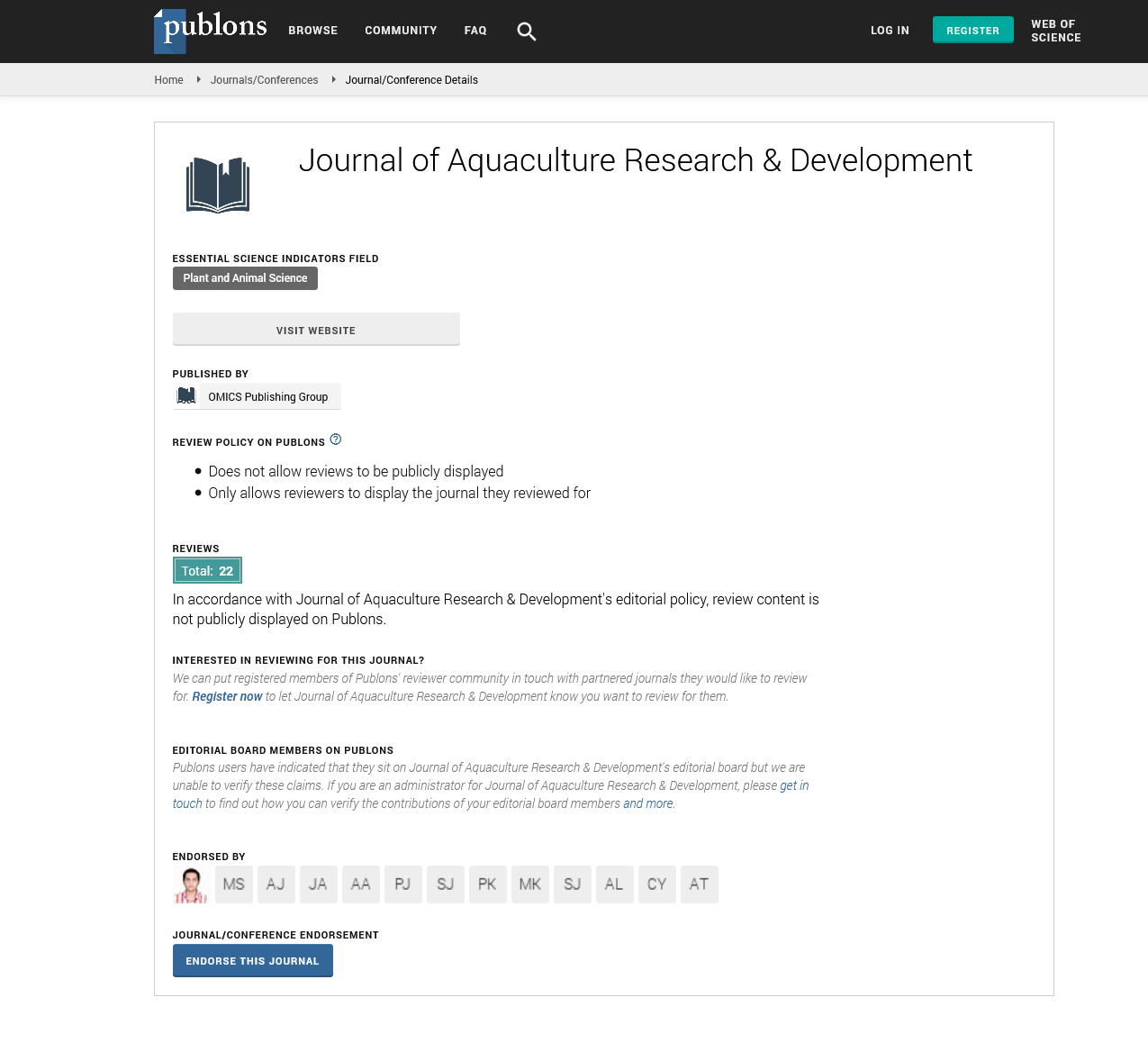Indexed In
- Online Access to Research in the Environment (OARE)
- Open J Gate
- Genamics JournalSeek
- JournalTOCs
- Scimago
- Ulrich's Periodicals Directory
- Access to Global Online Research in Agriculture (AGORA)
- Electronic Journals Library
- Centre for Agriculture and Biosciences International (CABI)
- RefSeek
- Directory of Research Journal Indexing (DRJI)
- Hamdard University
- EBSCO A-Z
- OCLC- WorldCat
- Scholarsteer
- SWB online catalog
- Virtual Library of Biology (vifabio)
- Publons
- MIAR
- University Grants Commission
- Euro Pub
- Google Scholar
Useful Links
Share This Page
Journal Flyer

Open Access Journals
- Agri and Aquaculture
- Biochemistry
- Bioinformatics & Systems Biology
- Business & Management
- Chemistry
- Clinical Sciences
- Engineering
- Food & Nutrition
- General Science
- Genetics & Molecular Biology
- Immunology & Microbiology
- Medical Sciences
- Neuroscience & Psychology
- Nursing & Health Care
- Pharmaceutical Sciences
Opinion - (2025) Volume 16, Issue 5
Molecular Assessment of Aquatic Diets for Parasite Contamination
Spyros Logan*Received: 28-Apr-2025, Manuscript No. JARD-25-296841 ; Editor assigned: 01-May-2025, Pre QC No. JARD-25-296841 (PQ); Reviewed: 15-May-2025, QC No. JARD-25-296841 ; Revised: 22-May-2025, Manuscript No. JARD-25-296841 (R); Published: 29-May-2025, DOI: 10.35248/2155-9546.25.16.995
Description
Aquaculture has expanded rapidly over the past few decades, becoming one of the fastest-growing food production sectors worldwide. The increasing reliance on aquaculture to meet global seafood demand has led to significant advances in feed technology. Modern fish feed is designed to optimize growth, immunity and overall performance of farmed fish. While feeds are primarily composed of fishmeal, fish oil, plant proteins and supplementary ingredients, the complexity of these formulations also raises potential risks. One emerging concern is the presence of parasites within feed components, which may compromise fish health and influence productivity.
Traditional methods for detecting parasites in feed are limited by their sensitivity, labor intensity and inability to detect low-abundance or cryptic organisms. With the advent of High- Throughput Sequencing (HTS), feed composition can be analyzed at unprecedented levels of detail, enabling the detection of hidden microbial and parasitic communities. This technology provides insights not only into nutritional content but also into potential biological hazards present in feed.
Fish feed and potential parasite sources
Fish feed formulations typically contain a blend of animal- and plant-derived ingredients. Fishmeal and fish oil are common protein and lipid sources, while soybean meal, corn gluten and wheat are widely used as plant-based alternatives. Additional supplements include amino acids, vitamins, minerals and probiotics.
Each of these components can introduce parasites or their DNA residues. Fishmeal derived from small pelagic fish may carry remnants of protozoans or helminths. Plant-based proteins may harbor fungal spores, nematodes, or microbial contaminants introduced during cultivation or storage. Additives derived from marine organisms, such as krill or algae, can also introduce unique parasite taxa.
Conventional microscopic examination of feed is often inadequate to detect parasite eggs, cysts, or DNA fragments in low concentrations. As a result, there is growing recognition that molecular tools like HTS provide a more complete picture of potential contamination risks.
Parasites on aquaculture productivity
Parasites introduced through feed can compromise fish health and reduce productivity. Infections often manifest as reduced growth, poor feed conversion ratios, increased mortality and higher disease susceptibility.
For example, protozoan infections can impair intestinal function, reducing nutrient absorption. Nematode infestations can cause internal tissue damage and inflammation. Microsporidian infections may result in chronic debilitation, reducing overall production efficiency.
The economic implications are significant. Losses may occur due to increased mortality, reduced harvest weight, higher treatment costs and potential restrictions on marketability when food safety concerns arise. Ensuring feed safety is therefore an essential component of aquaculture biosecurity.
Fish feed plays a central role in the success of aquaculture, yet it can also serve as a pathway for parasite contamination. High-throughput sequencing has transformed the ability to analyze feed composition, providing sensitive detection of parasites and other biological hazards. While not without limitations, HTS enables comprehensive surveillance, early detection and informed risk assessment of feed-related parasite threats.
By combining molecular monitoring with preventive measures in feed production and distribution, aquaculture can significantly reduce parasite risks. The adoption of HTS within regulatory and industry frameworks will contribute to healthier farmed fish populations, safer seafood and a more resilient aquaculture sector.
Citation: Logan S (2025). Molecular Assessment of Aquatic Diets for Parasite Contamination. J Aquac Res Dev. 16:995.
Copyright: © 2025 Logan S. This is an open-access article distributed under the terms of the Creative Commons Attribution License, which permits unrestricted use, distribution, and reproduction in any medium, provided the original author and source are credited.

